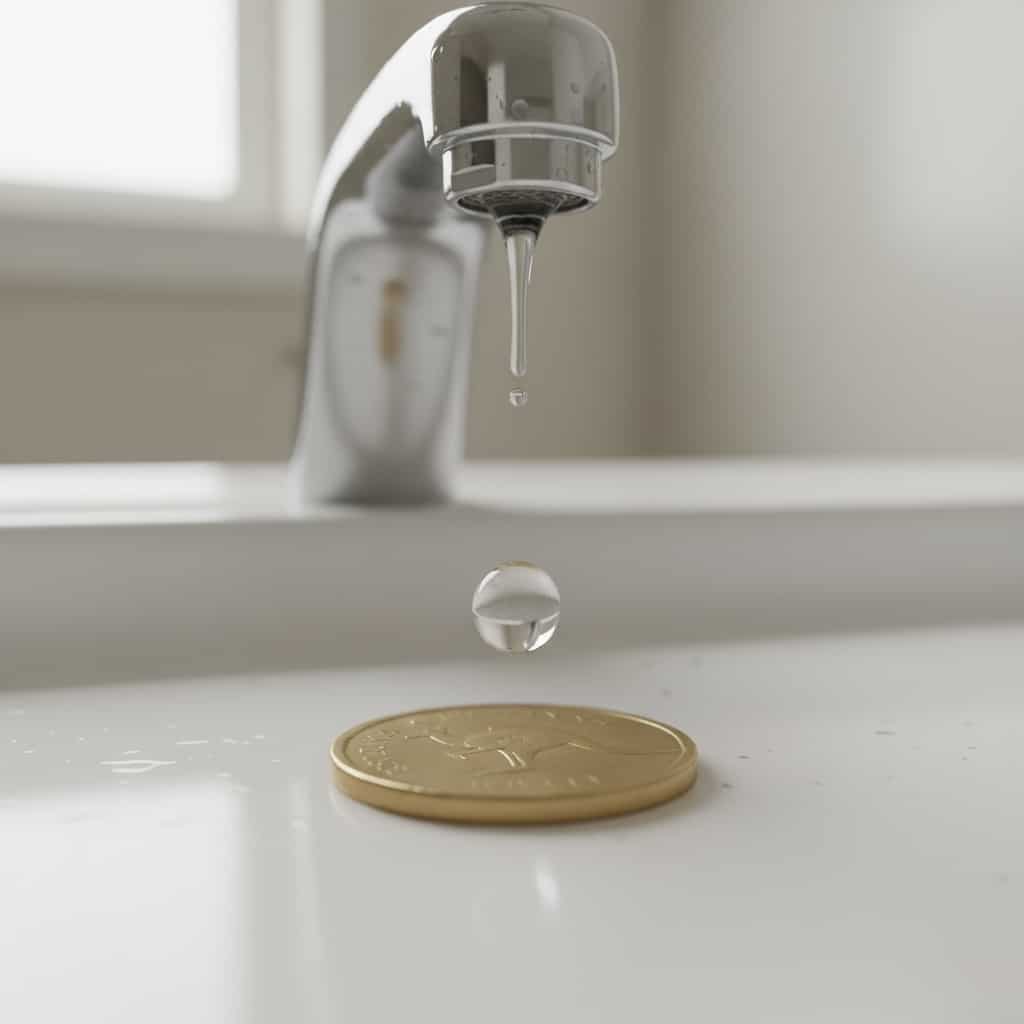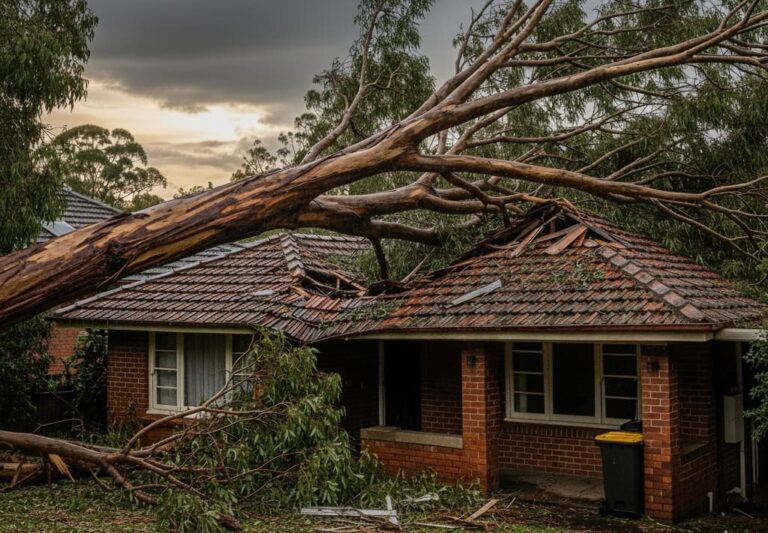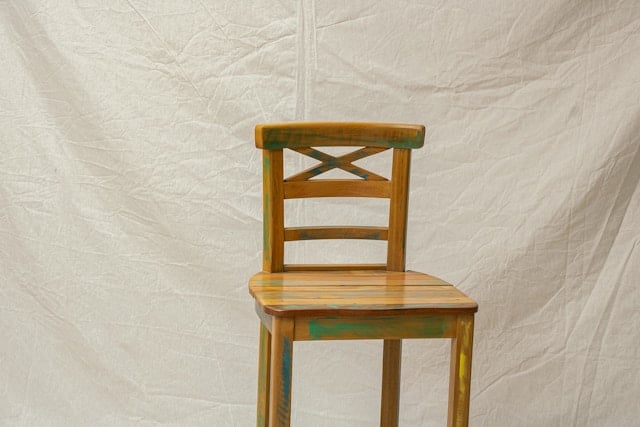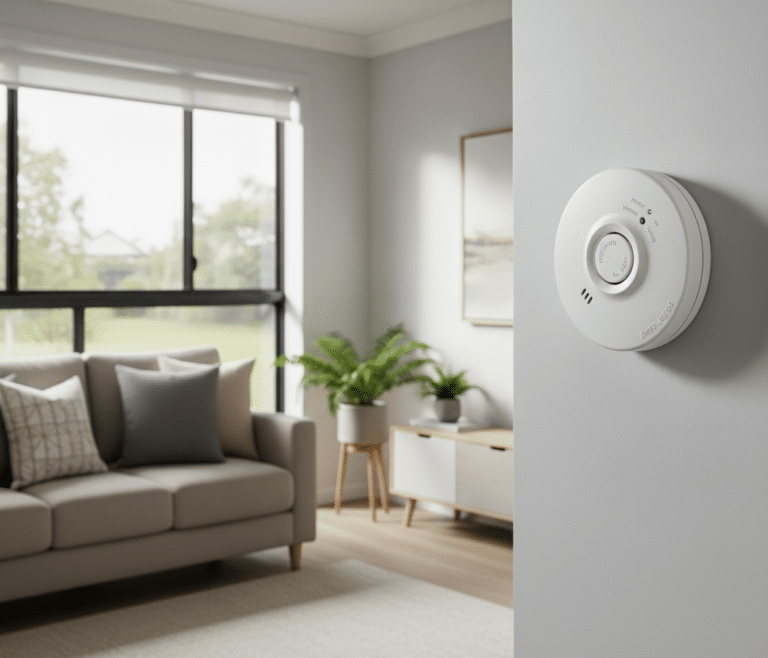Why Silent Leaks Happen (and How to Spot Them in an Aussie Home)
Your place can be losing water without a single puddle in sight. It shows up as a jump in the bill. A toilet cistern that hisses, then refills at 2 am. Swollen kickboards around the sink. A musty smell in the vanity. Paint that bubbles near the shower.
None of it screams “flood,” but together it points to a silent leak—the kind that quietly chews through litres, damages cabinetry and subfloors, and turns into a costly repair if you leave it.
Here’s what that looks like in Australian homes:
- Toilets that seep
The rubber seal (flapper/flush valve) or inlet valve wears out. Water dribbles from the cistern to the bowl. You won’t always hear it—your water meter will. - Mixer taps and shower roses that “finish the job” after shut-off
A worn cartridge or washer lets a slow, near-invisible drip continue. It’s tiny, but 10–20 drips a minute add up fast. - Hot-water system relief valves
The temperature/pressure relief (TPR) or pressure reduction valve can start a constant trickle down the drain line. Occasional drips after heating are normal; regular flow isn’t. - Ageing flexi hoses
Those braided stainless steel hoses under sinks and vanities? They weep before they fail. Look for rust, kinks, or bulges—especially in rentals and older renos. - Irrigation and garden taps
A stuck solenoid or perished O-ring keeps the line sipping water long after the timer’s “off.” You won’t notice it until you check your meter with everything shut.
Why it matters here:
- Water isn’t free, and bills reflect usage—even a slow leak can add thousands of litres a quarter.
- Humidity and heat accelerate mould growth behind cabinetry and gyprock.
- Timber and MDF (common in Aussie kitchens/vanities) swell, delaminate, and trap moisture.
- Insurance often distinguishes between sudden escape of water and gradual damage; catching leaks early is everything.
The good news: you don’t need a toolbox or a tradie to confirm what’s going on today. Two simple checks will give you a clear yes/no:
- The $1-coin drip test — a quick way to expose barely-there drips from taps and showerheads and gauge how bad they are (drips per minute).
- The water meter test — the gold standard for hidden usage. If the meter moves while everything is off, you’ve got a leak somewhere on your side of the meter.
What you’ll learn from these tests:
- Is water moving when it shouldn’t? (meter movement = leak)
- Is a specific outlet to blame? (visible drips, toilet colour test)
- Is it likely indoors or in the yard? (Isolate the house at the stop-tap and recheck)
- Is this a DIY fix or a licensed plumber’s job? (small service parts vs concealed pipework, hot water, gas, or backflow)
Next, you’ll gather a couple of basics (a $1 coin, your phone, a torch, and optional food colouring) and follow a set of simple, safe steps. No jargon. No guesswork. Just practical plumbing Australia know-how to catch leaks early—before they become a weekend-ruiner.
What You’ll Need + Safety Notes
You don’t need a toolbox. Grab a $1 coin, your phone (for timer, photos, torch mode), a hand torch if your meter box is dark, a cloth to dry basins and shower floors, and a few drops of food colouring (handy for the toilet test). That’s enough to run both checks used by pros and councils across the plumbing Australia guides.
Find the meter first. It’s usually in a ground box on the verge/front boundary. Lift the lid carefully, brush away grit, and take a clear photo of the reading. Most meters have a tiny leak indicator (a star/triangle/propeller). If it twitches while the house isn’t using water, something’s sipping.
Know your stop-tap. The isolation valve is usually beside the meter. Turn clockwise to off. You won’t use it for the basic tests, but if you suddenly find a weeper turning into a sprayer, it’s your emergency brake.
What you can DIY vs when to call a pro
| Task / Issue | DIY at home? | Notes |
| Clean/replace tap aerator | Yes | Unscrew the tip of the spout, rinse the grit, and replace the washer if crushed. |
| Compression tap washer change | Usually | Turn water off first; don’t overtighten. If it drips again fast, the valve seat may be pitted → plumber. |
| Toilet flapper/flush valve or inlet valve | Yes | Simple swap on many cisterns. Check your state rules and brand instructions. If unsure, book a licensed plumber. |
| Replace hose washers on garden/handset hoses | Sometimes | Quick win for drips at fittings. |
| Gas, hot-water system repairs/replacement | Yes | Licensed plumber/gasfitter only. Safety + compliance apply. |
| Concealed leaks in walls/slab | No | Requires leak detection and compliant repairs. |
| Backflow devices, roof plumbing/stormwater changes | No | Compliance certificates are often required. |
| Anything needing a compliance certificate | No | No Use a licensed plumber; fines apply for unlicensed work. |
Prep the house (so your readings are clean)
- Turn all taps off (kitchen, bath, laundry, hose).
- Let toilets finish filling; don’t flush during the test window.
- Switch dishwasher, washing machine, ice-maker, and irrigation at the wall if needed.
- Dry basins and the shower floor so fresh drips are obvious for the coin test.
- Tell the household: “No water use for the next 15 minutes/overnight.”
Safety quick-takes
Keep water away from live power, and stop if you see damp around outlets or appliances. Work gently—overtightening taps ruins seats and cartridges. If you smell gas, hear a constant flow from a hot-water relief line, or find warm/wet patches in walls or floors, call a licensed plumber.
Record as you go. Snap before/after photos of the meter, note times (15-minute and overnight checks), and jot drips-per-minute for each outlet. It helps with diagnosis and insurance if needed.
If you want the formal rulebook, see Standards Australia’s overview of the AS/NZS 3500 Plumbing & Drainage series: standards.org.au/blog/spotlight-on-as-nzs-3500
The $1-Coin Drip Test (Step-by-Step, Results, Quick Fixes)

A slow drip is easy to miss until the bill arrives. The $1-coin test turns tiny droplets into something you can see and count. Use it on kitchen/bath taps, mixers, shower roses, outdoor taps—the usual suspects in Australian homes.
How to run it (5–7 minutes per outlet)
- Dry the landing zone
Wipe the basin/sink under the spout (or the shower floor under the rose). A dry surface makes fresh drips obvious. - Place the coin
Set a $1 coin flat where drips would land. The hard “ping” and shiny surface help you see and hear each drop. - Prime, then shut off
Turn the tap/shower on for 5–10 seconds, then close it firmly but gently. Over-tightening chews washers and cartridges. - Watch for one minute
Use your phone timer. Count the drips that hit the coin in 60 seconds. - Repeat
Test all outlets: kitchen, bathroom, laundry, and hose taps. Note each result. - Log it
Jot the location and drips per minute. (It helps if you later speak to a plumber—or check back after a fix.)
What your result means
| Drips per minute | What it suggests | Action to take |
| 0–2 | Likely fine; residual water clearing | Re-check next week; no rush |
| 3–10 | Worn washer (compression tap) or mixer cartridge starting to fail; dirty aerator/seat | Plan a service: clean/replace aerator; swap washer or cartridge |
| >10 or a thin trickle | Active leak wasting litres; seat may be pitted, cartridge damaged | Fix soon; if a new washer/cartridge doesn’t hold, call a licensed plumber |
Fast fixes (start here before calling in help)
- Clean the aerator (spout tip)
Unscrew, rinse the grit, and replace the tiny washer if crushed. A clogged aerator can mimic a “leak” and also cause spray. - Compression taps (hot/cold with a turn)
Turn the water off at the local isolation valve. Open the tap, pull the handle/bonnet, replace the washer and O-ring, and reassemble. If it still drips, the valve seat may be pitted—time for a professional re-seat or insert. - Mixer taps (single lever)
Drips usually mean a tired ceramic cartridge. Isolate water, remove handle and shroud, swap the like-for-like cartridge, re-seat the seals. If the body is corroded, replacement is cleaner. - Shower rose
Remove, wrap the thread with PTFE tape (clockwise), refit, and check. If the rose continues to weep after shut-off, the issue is in the shower mixer cartridge—service or replace it. - Outdoor taps & hose fittings
Replace hose washers and quick-connect O-rings. Repack the spindle gland if water weeps around the stem when the tap is on.
Pro tip: Run the coin test twice—once immediately after use (when residual water can drip), and again after the outlet has been idle for 10–15 minutes. Persistent counts on the second pass = a real leak.
Go/No-go line :
if a fresh washer/cartridge and clean aerator don’t bring drips under 2/min, or you see corrosion, cracked bodies, or damaged seats, book a licensed plumber. Don’t muscle tighter—over-torque is how small leaks become big ones.
The Water Meter Test (short, sharp, impossible to argue with)
Think of this as the lie-detector for your plumbing. If the meter moves while the house is “hands off”, you’ve got a leak—no vibes, just facts.
Do this:
- Pick a quiet window (late evening). Tell the household: no taps, no showers, no sneaky midnight flushes.
- At the meter (front verge box), lift the lid, wipe the face, and take a photo of the reading (and the tiny leak indicator—star/triangle/propeller).
- Switch off any background users: dishwasher, washing machine, ice-maker, irrigation. Let the toilets finish filling.
- Wait 15 minutes. Recheck. If the indicator twitches or the numbers jump, something’s sipping. For slow leaks, repeat overnight—photo at night, photo at dawn, compare before anyone uses water.
Quick isolate trick:
Turn off the house stop-tap at the meter and watch the indicator again.
- Movement stops = leak inside (toilet seep, flexi-hose weep, hot-water relief line, irrigation branch).
- Movement continues = leak between meter and house (buried line). That’s a licensed plumber’s job.
Bonus loo check: Drop 2–3 food-colouring drops into the cistern. Wait 15–20 min (no flush). Colour in the bowl = silent cistern leak.
Tiny gotchas: Evap coolers, auto top-up pools, and fridge ice-makers can mask as “leaks”. Turn them off for the test.
For an ACT authority checklist, Icon Water’s Leaks page shows exactly how to run a meter test and what to do next: iconwater.com.au/my-home/leaks
Conclusion — Two tests, one clear plan
You’ve now got the receipts.
- The $1-coin test tells you which outlets drip (and how badly).
- The meter test tells you if anything’s running when it shouldn’t.
If drips persist after a fresh washer, clean aerator, or new mixer cartridge, or your meter still spins with the house isolated, it’s not a “tighten it harder” problem. It’s call-a-pro territory (cistern internals, hot-water relief valves, concealed pipework, or supply line).
Want more plain-English references in the plumbing Australia vein? Firms like Contemporary Plumbing publish checklists and standards pointers that are handy when you’re deciding DIY vs licensed work—no hard sell, just context.
Set a quarterly reminder to re-run both tests. It’s a 20-minute habit that saves water, money, and your cabinetry from an early retirement.





